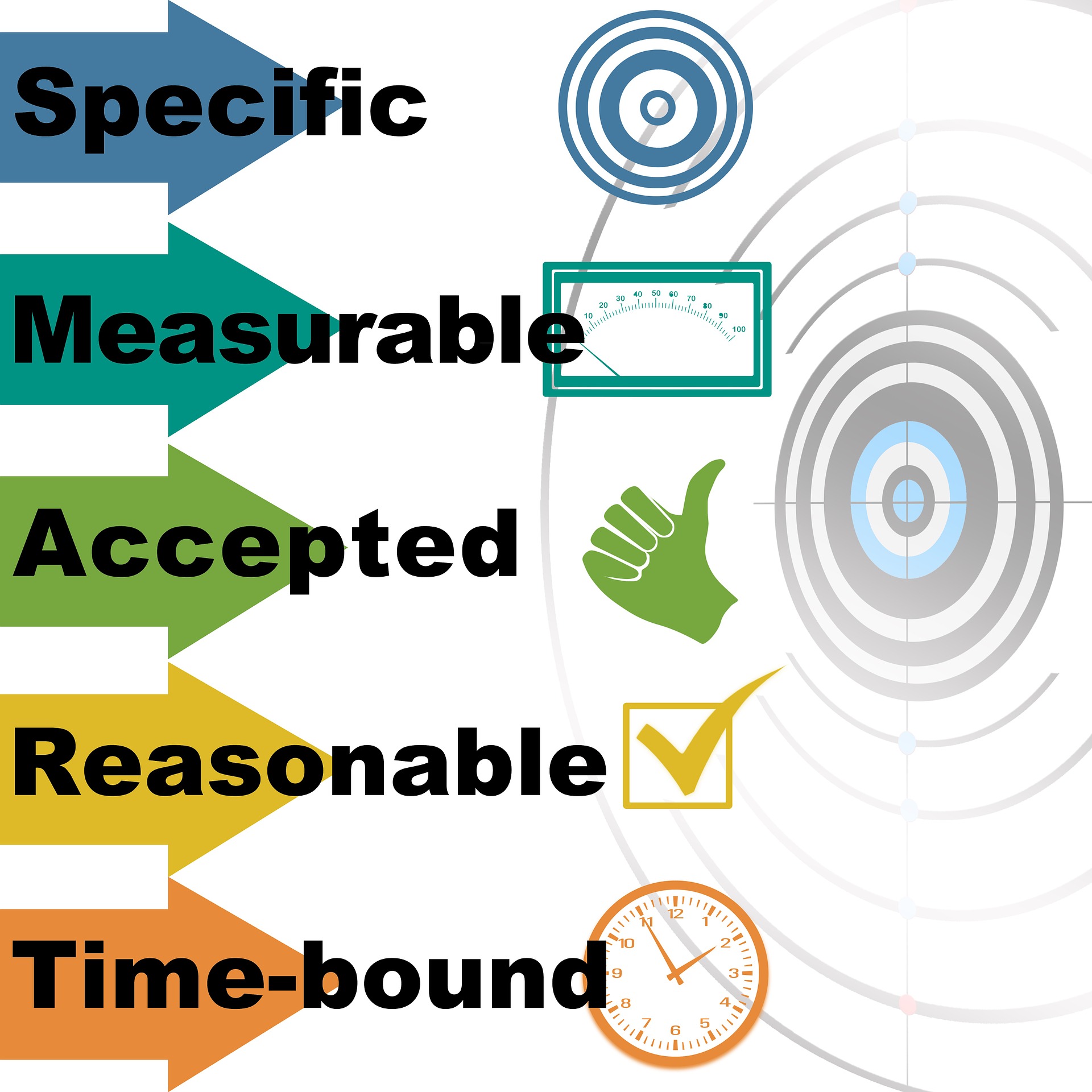Contract lifecycle management (CLM) is a critical process for businesses that have multiple contracts in place. It’s the process of managing, tracking, and optimizing all aspects of a contract from start to finish, and by taking an organized approach to CLM, companies can ensure they are meeting their contractual obligations while also minimizing risk and maximizing value.
Whether you’re new to CLM or looking for ways to optimize your existing processes, there are seven key pieces of information you should know about contract lifecycle management.

What is it about
CLM refers to the entire process—from contract formation and negotiation through execution and renewal or termination—that takes place between two or more parties during the duration of their agreement.
CLM tracks all activities associated with this cycle, including document creation, communication and collaboration, contract review and approval, document storage and retrieval, changes to contractual agreements, compliance tracking, financial management, and reporting.
The goal of CLM is to streamline the entire process from start to finish in an organized and consistent way.
However, CLM is more than just managing contracts; it’s also about understanding and optimizing all of the various processes involved. CLM helps companies save time, streamline procedures, make better decisions, reduce costs, and ensure compliance with laws and regulations.
Ways to improve the process
The first step in improving your CLM process is to identify the areas where improvements can be made. Analyzing existing processes and determining the most efficient methods of conducting each activity will help you create a more streamlined and efficient contract lifecycle management system.
Additionally, implementing automated tools that enable real-time document tracking, collaboration, and communication can help speed up the process and reduce manual errors. Businesses use software specifically designed to manage the contract lifecycle, such as CLM software or document automation tools. Automating routine administrative tasks like document storage and retrieval, notification of contract renewals, or even automated payment scheduling will also save time and money.
Why is it important?
In today’s competitive business landscape, companies need to have efficient and effective CLM processes in place. A well-managed contract lifecycle ensures that the company is in full compliance with all contractual obligations, minimizes the risk of litigation and penalties, and maximizes value from their agreements.
Automating the CLM process can help companies quickly identify and resolve issues that might normally go unnoticed. Automated tools can also provide businesses with detailed analytics on their contracts, helping them make more informed decisions about future deals.
Additionally, having efficient CLM processes in place can give companies a competitive edge by improving their ability to respond quickly and accurately to new opportunities. For instance, if a company can quickly prepare and execute contracts, it can gain a competitive advantage by being the first to seize an opportunity.
Who should be involved?
A successful contract lifecycle management process involves a range of stakeholders, including legal counsel, finance and accounts professionals, purchasing managers, and other internal staff. It is important to ensure that all key stakeholders are aware of their responsibilities and have access to the necessary information and tools to carry out their tasks effectively.
Additionally, the contractor must have an understanding of the contract and its associated obligations. The contracting team should also have a clear view of any changes that may occur throughout the lifecycle of the agreement. By having all parties involved in a unified process, potential conflicts can be identified and managed before they become serious issues.
Timelines and milestones
Creating and adhering to timelines and milestones is an important part of contract lifecycle management. These timelines must be established at the beginning of the agreement, taking into account all parties’ responsibilities and desired outcomes. This will ensure that each step of the process is completed on time and efficiently, enabling a smooth flow from start to finish.
It is also important to track progress throughout the process and provide regular updates to all stakeholders.
Milestones should be set for key activities such as contract negotiation, execution, review and approval, storage and retrieval of documents, financial management, and compliance tracking. This will help ensure that all parties are informed about their obligations throughout the lifecycle of the agreement.

Streamlining procedures, making better decisions, reducing costs, and ensuring legal compliance are just some of the benefits of implementing a successful contract lifecycle management system. Having well-defined timelines and milestones throughout the process will help to keep all parties informed about their responsibilities as well as provide regular updates on progress.
With these tips in mind, businesses can be sure that they have a robust CLM process in place that maximizes value from each agreement while minimizing risk.





